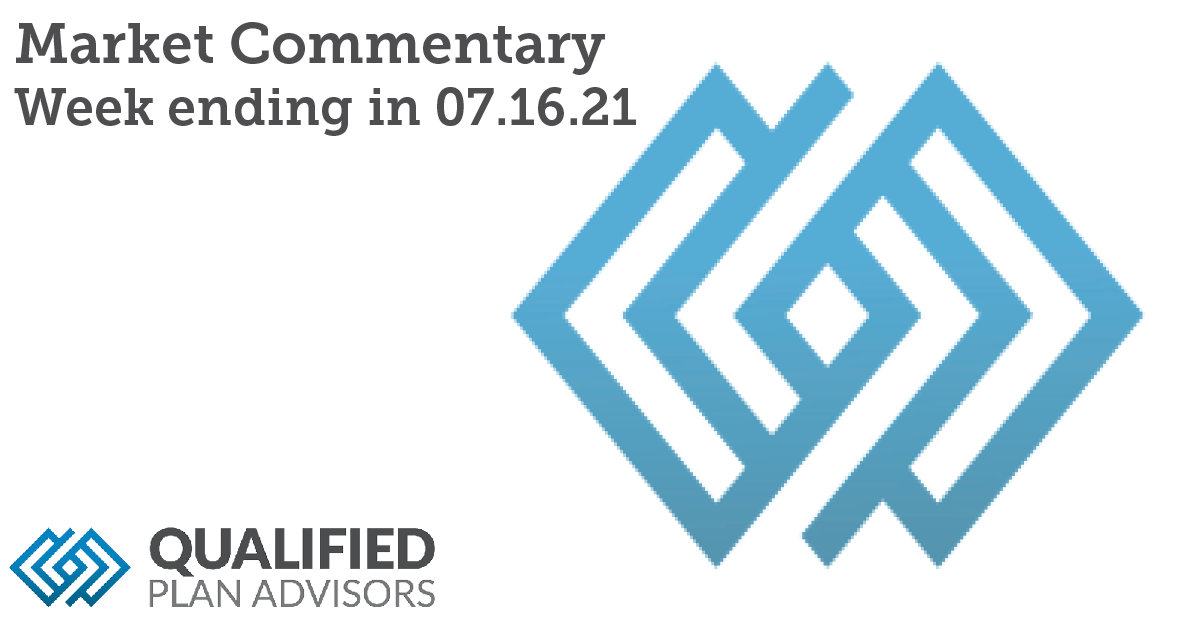Many successful leaders tend to be nonconformists. They often demonstrate individualism at an early age and aren’t afraid to break a few rules. It’s part of what makes them so successful. But their risk-taking behavior, especially in their personal lives, can present unique challenges for the boards that manage their companies.
What would happen to a company’s business plan or board of directors if, say, the Chairman of the Board decided to take a rocket ship into space? Or, a board member faced a health concern that changed everything?
A recent NPR segment, Corporate Boards Find It Difficult To Limit Executives’ Risk-Taking Hobbies, highlighted these questions and the critical need for corporate boards to plan for inevitable, albeit unpredictable, change. While succession planning isn’t going to grab any juicy headlines, it is the tried and true method for mapping the long-term viability of a company.
So how does your organization get started on this journey? Here’s a hint – You don’t have to touch the edge of space to get going. Here are the three big things corporate boards need to do about succession planning right now.
CREATE: Creating a written succession plan is the first step to providing stability to the organization during times of crisis and change. This will be a living, breathing document that will be updated over time, but the first charge is to outline the steps that the board will take to fill a position whether it was vacated due to an emergency or a planned departure.
IDENTIFY: Identify potential leaders both inside and outside the organization who align with your corporate goals to fill these vacated positions. Viewing this process as a way to develop and mentor strong leaders for your organization will also get the board motivated to make progress on this step.
MEASURE: Measure your progress by holding outgoing interviews with retiring or exiting board members. I also recommend an annual board performance assessment that is both self-reflective and evaluated by fellow board members. Ongoing policy review and analysis will ensure that the succession plan is executable. Making succession planning a mandatory annual agenda item for discussion at board meetings is key.
Policy adherence begins at the top and the board must lead by example. Proactive succession planning puts your organization and your stakeholders at ease no matter what arises…..even if it’s a rocket ship.
All investment and financial opinions expressed are intended as educational material. Advisory products and services offered by Investment Adviser Representatives through Prime Capital Investment Advisors, LLC (“PCIA”), a federally registered investment adviser. PCIA: 6201 College Blvd., 7th Floor, Overland Park, KS 66211. PCIA doing business as Prime Capital Wealth Management (“PCWM”) and Qualified Plan Advisors (“QPA”). Securities offered by Registered Representatives through Private Client Services, Member FINRA/SIPC. PCIA and Private Client Services are separate entities and are not affiliated.






